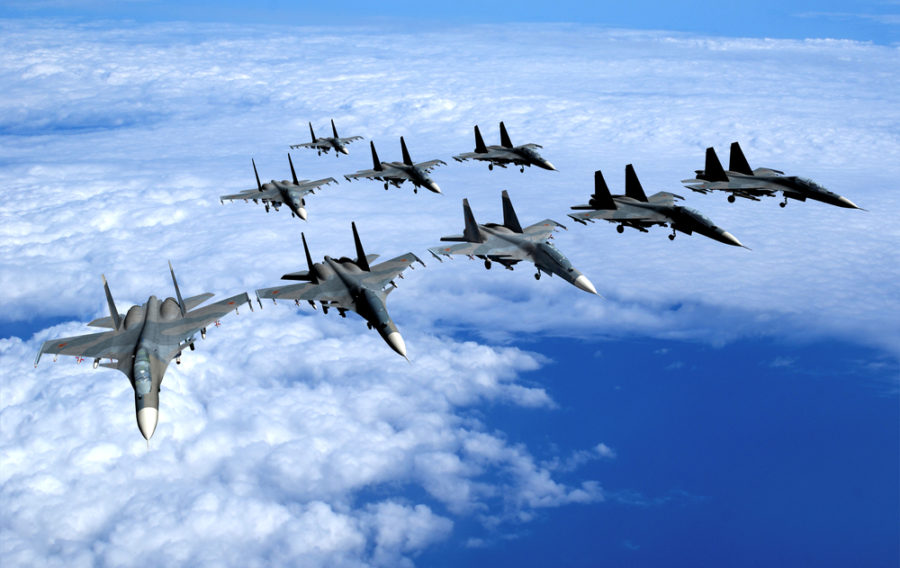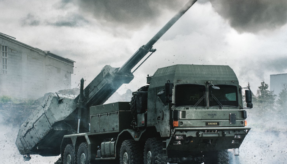
The National Aviation Authority of Portugal (Autoridade Aeronáutica Nacional, AAN) has hosted the Annual Military Airworthiness Conference this week.
The two-day event saw keynote speeches delivered by EDA Chief Executive Jorge Domecq and General Manuel Teixeira Rolo of AAN, while key stakeholders from national authorities, industry, European agencies, NATO and international organisations engaged in presentations and discussions. A variety of topics were discussed covering the harmonisation of military airworthiness requirements, implementation experiences and integration into a global context.
Standardisation was a key topic throughout the conference, with Mr Domecq stressing in his speech that this was a “key enabler” for the implementation of the EU Global Strategy.
“The application of common standards and recommended best practice is a key enabler for defence cooperation and helps strengthen the European Defence Technological and Industrial base. Most importantly, from a defence perspective, such standardisation would support effective cooperation and improve interoperability”, he said.
He said that a lot of work has already been done towards this aim, in particular with the establishment of the Military Airworthiness Authorities (MAWA) Forum and European Military Airworthiness Requirements (EMARs).
“With the EMARs that are now developed, nations have created a baseline for a common approach to processes like certification, organisational approvals and the preservation of airworthiness”. However, “a real common approach can only be established if EMARs are also implemented in a uniform way, which is a national responsibility of the Member States”, he stressed.
Currently, EMARs implementation varies from country to country, however a EDA funded study, undertaken by Eurocopter, has shown that if Member States optimised and harmonised military airworthiness through set regulations, a reduction of 50% in development time and up to 10% of development costs could be saved. Significant further cost savings could also be achieved during the in-service phase.
In his address, Mr Domecq said that Member States should now focus on the standardisation to ensure and preserve their military airworthiness. The ultimate outcome Member States should aim for, he said, should include:
- a single certification approach for multinational programmes, which would result in less development costs and optimised use of certification resources;
- the development and application of common agreed industrial standards which would strengthen the position of the European defence industry in the global market;
- optimised pooling and sharing of spare parts and maintenance resources within a single regulatory and oversight system (of key interest in relation to civil-derivative aircraft, but also with regard to military platforms such as A400M, Eurofighter, NH90 and others);
- optimised use of oversight resources by collaboration in oversight obligations;
- minimised gaps or differences between national regulatory and oversight systems, which would in turn minimise safety risks in multinational materiel cooperation programmes.
If you would like to join our community and read more articles like this then please click here
Air airworthiness Aviation EDA EDA Chief Executive Jorge Domecq EMARs Europe International NATO








